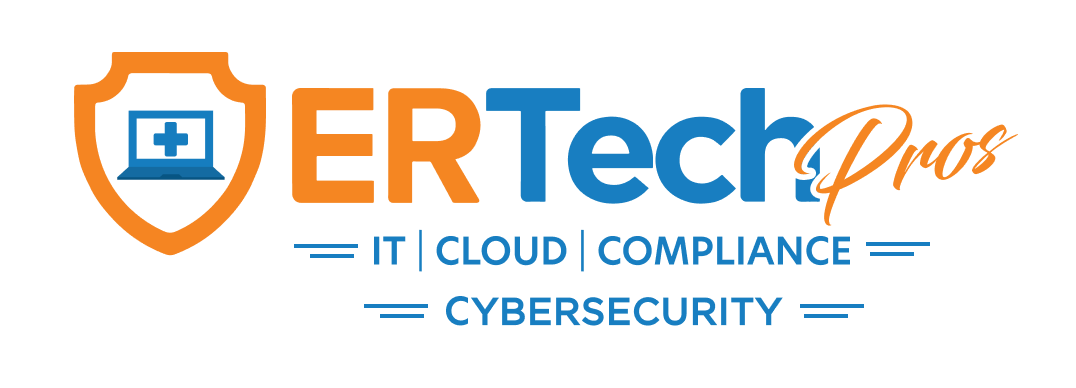What is an IT Health Assessment, and Does My Practice Need One?
Your patients aren’t the only ones who need a regular health check. Technology plays a massive part in every modern clinic’s day-to-day operation, so if you want your practice to run at peak performance, you must ensure your IT network is healthy and secure.
While 100% efficiency 24/7 may not be a realistic expectation for your IT network, there are steps you can take to identify potential issues, minimize downtime, and maximize productivity. The sooner you spot a health problem, the easier it is to deal with, right?
You can start looking for potential tech problems in your practice by performing a thorough IT health assessment.
What is an IT Health Assessment?

An IT health assessment is an objective and comprehensive IT infrastructure audit. Its goal is to evaluate your IT’s effectiveness and identify potential weaknesses or risks. The exercise can also include your cloud and cybersecurity infrastructure.
Because your practice’s IT infrastructure holds valuable data and protected health information, you need to be cautious of whoever has access to it. For IT assessments, you should partner with a reliable
team of experts specializing in healthcare IT.
IT health assessments are designed to help organizations understand the current state of their IT network, highlight any gaps, and determine where improvements may be necessary. It helps practice owners like you identify and address any weaknesses in their structure before they start affecting practice productivity and data security.
By performing an IT health assessment, you can evaluate your practice’s current IT situation, pinpoint areas you want to prioritize, and anticipate future needs.
5 Questions to Guide You Through an IT Health Assessment

1. What’s the Current State of Your IT?
Start the assessment by getting a good look at your current IT infrastructure, the role it plays in your IT operations, and how well it’s performing at present.
Your Organization
- Which area of your practice do you want to focus on and prioritize?
- Does your current IT plan (if you have one) match your practice’s priorities?
If your IT isn’t pushing your practice toward steady growth and improved patient outcomes, you’re missing out on a lot; healthcare IT is meant to support the services you want to focus on and grow. For example, if your practice wants to maximize your
EHR’s key features, your IT plan should be geared toward creating an infrastructure that seamlessly supports them.
Your IT Documentation
- Do you have IT documentation, logs, and policies in place?
- Do you find your current documentation complete, organized, and helpful?
IT documentation refers to collecting all necessary information regarding one’s IT infrastructure. By gathering, organizing, and regularly updating this information, your IT team can execute processes, find solutions, share knowledge, and resolve issues more efficiently.
If you don’t have an IT team and have just been contracting
break/fix IT services, it’s likely that your documentation and policies only get updated whenever an issue comes up.
2. What Software and Hardware Do You Have?
Once the IT experts have an accurate view of your current IT situation, the next step would be to run a thorough inventory of the assets you use in your practice.
The inventory typically includes the following tools and devices:
Hardware
- Desktop Computers
- Laptop Computers
- Signature Pads
- Phone Systems
- Mobile Phones
- Firewalls
- Servers
- Routers
- Switches
- Printers and Scanners
- CCTV cameras
Software
- Antivirus
- Desktop Software
- Operating Systems
- EHR Software
- Productivity Apps
- Communication Apps
- Shared Drives
- Online Portals
You or your IT staff need to answer the following questions:
- How long have you been using the device or software?
- For physical devices, where are they located, and are they properly tagged or labeled?
- For software, are they licensed?
The asset inventory helps you and your IT partner assess which assets need to be replaced, upgraded, or optimized.
Read More:
Repair or Replace? 7 Signs That You Need a New Computer
3. How Does Your Practice Handle Data?
The healthcare industry—specifically small practices—remains a major cyberattack target. Check Point Research found that healthcare organizations across the globe averaged 1,463 attacks every week in 2022.
Experienced
IT companies specializing in healthcare know that how you handle data can make or break your practice, so they always ask you about data access, storage, and recovery during IT health assessments.
- What kind of data do you store, and where do you store them?
- Are your server environments HIPAA compliant?
- Are you HIPAA compliant in accessing, storing, sharing, backing up, and recovering data?
- Do you have a disaster recovery plan in case of major disruptions?
- How often do you back up your data? Where is the backup stored?
By knowing where and how you store critical data and protected health information (PHI), your IT partner can change or reinforce your current data security protocols.
4. How are You Managing Access?
According to the
2022 Data Breach Investigations Report, privilege misuse has been an ongoing problem in the healthcare sector for a long time. Individuals with access to healthcare organizations’ resources—contractors, disgruntled employees, and even current employees—have caused data breaches. Whether the breaches were malicious or not, the report shows that medical data gets stolen 22% of the time.
A comprehensive IT health assessment always asks how you manage access to your practice’s resources.
- When granting access to new users, do you implement the principle of least privilege?
- Do you enforce multi-factor authentication (MFA) when employees access resources?
- When offboarding employees, do you immediately revoke their access to your IT resources?
- Do you regularly update your access management policy?
Access control is a vital, yet challenging, cybersecurity measure in healthcare organizations. If you don’t have a cybersecurity advisor, consider partnering with reputable experts who work specifically in
healthcare cybersecurity.
Read More:
The Importance of Access Control Systems in Healthcare Organizations
5. What’s Your Next Step?
Using the information they gather, your IT partner assesses your IT, cloud, and cybersecurity infrastructure and identifies the areas that need improvement or strengthening. They design a roadmap for your practice that highlights the areas you need to prioritize and practical steps you can take to achieve your goals.
Here are some examples of suggestions that IT partners can give:
- Hardware replacement
- Software update
- IT policy revamp
- Staff cybersecurity training
- Disaster recovery plan creation
Through constant communication and organized documentation, your IT partner can gain a clear understanding of your practice’s IT needs and can use it to create an IT plan that aligns with your priorities and budget.
Keep Your Practice’s IT Healthy with ER Tech Pros

In today’s highly digital world, every medical practice needs to go through a comprehensive IT health assessment. Unfortunately, not all practices have an in-house IT team to do it for them. Break-fix IT companies typically don’t offer this type of service, either.
If you don’t know where to go, healthcare’s trusted IT experts,
ER Tech Pros, is here to help! As an established managed service provider, ER Tech Pros offers full IT and cloud services that meet your needs
and
budget.
As your IT partner, ER Tech Pros is committed to understanding where your IT stands, where you want it to be, and how to create an actionable plan to get you there.
Search Articles












